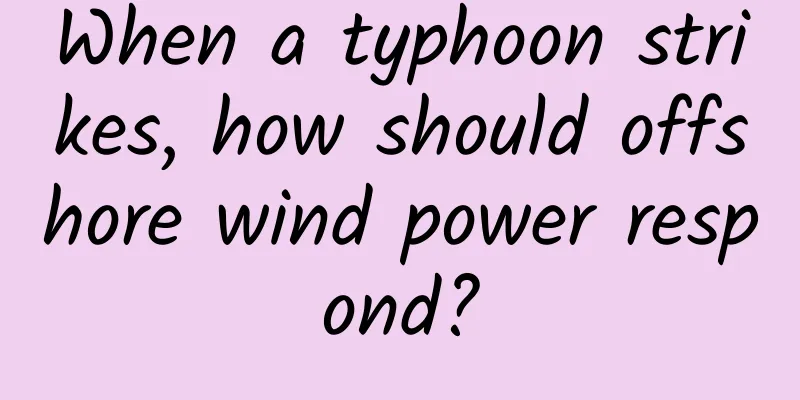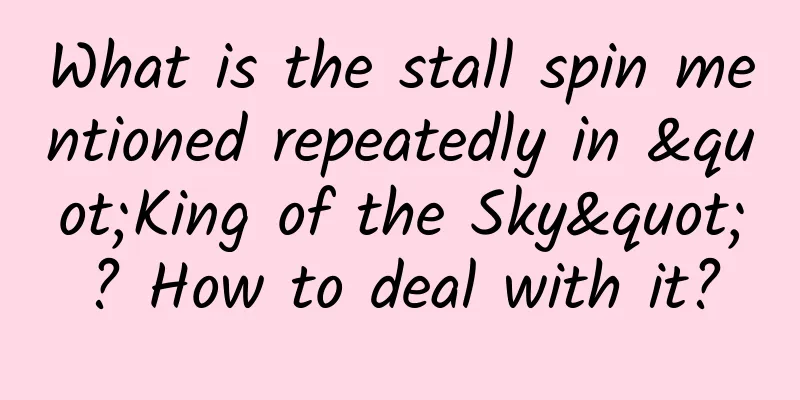When a typhoon strikes, how should offshore wind power respond?

|
Compared with onshore wind power, offshore wind power has many advantages, such as not occupying land, not disturbing people with noise, strong and relatively stable winds at sea, higher wind turbine utilization rate, larger installed capacity, etc. It can be said that these advantages of offshore wind power are extremely huge, except for the typhoons at sea. It is undeniable that typhoons are a major challenge for my country's development of offshore wind power, but it is wrong to think that wind turbines are doomed if they encounter a typhoon, or even to think that China is not suitable for the development of offshore wind power. The reason is simple. The power of a typhoon is known and has an upper limit. It cannot be infinite. However, the technology of wind turbines to fight typhoons is constantly being upgraded. Next, let’s take a look at how today’s wind turbines fight typhoons. Yaw system: Come on, let’s fight head-on. I’ve never been afraid of anyone. The wind turbine has a yaw system, also called a wind-facing device, which is used to ensure that the wind turbine blades are always facing the wind in order to obtain the maximum amount of wind energy. When a destructive typhoon hits, the first thing the wind turbine needs to do is to stop the blades from rotating, and then yaw so that its front, rather than its side, faces the typhoon. The reason is that the chassis on the fan is very large, so large that even a helicopter can be parked on it. Therefore, if the typhoon blows towards the huge chassis from the side, the fan will encounter great resistance. Paddle: You can also call me a fence-sitter At this point, some people may be wondering. Letting the wind turbine face the typhoon can reduce the resistance on the side, but at the same time, the three huge blades will also be subject to strong positive wind force. Don't worry, there is another solution, which is variable pitch. After the blades are pitched, the resistance encountered by the fan will be greatly reduced. Precise site selection: do the job according to your ability The location of an offshore wind farm does not mean choosing a location with strong winds. What is more important is whether one has the most advanced technology available. If your technology can only withstand typhoons with maximum wind speeds of level 11, then it would be extremely unwise to build a wind farm in a place where level 12 winds occur once every 10 years. Floating offshore wind power: If you can’t afford to offend me, I’ll just hide away Conventional offshore wind power is generally built in waters with a depth of no more than 50 meters, otherwise the cost will increase sharply. So, how can we build wind power in the sea with a water depth of more than 200 meters or even more than 300 meters? This depends on floating offshore wind power. The concept of floating wind power was proposed as early as 1972, but the world's first floating wind power did not appear until 2007. Floating wind power has increased the area of sea where wind power can be deployed exponentially. It is precisely because of this huge advantage that the technology of floating wind power is developing rapidly now. We are discussing floating wind power here, but this does not mean that the current floating offshore wind power can effectively resist typhoons. That is not the case. Rather, by using floating wind power structures, we may be able to come up with a bold and effective way to combat typhoons. This method may sound too sci-fi, but haven’t many science fictions become reality? The method is that when a super typhoon comes, the anchor chain on the seabed is continuously tightened through the winch until the entire wind turbine is pulled into 40 meters deep water. Obviously, this is technically easy. The difficulty lies in how to seal the engine room well to prevent seawater from pouring in. Of course, this is not difficult technically, the key is the cost measurement. However, cost reduction can be achieved through design optimization and gradual advancement of technology. When a typhoon comes, the entire wind turbine will sink into the sea. It won't take long for the typhoon to pass, and then it can float up. In this way, no matter how violent the typhoon is, it will not matter, and the typhoon problem will be completely solved. On the surface, this method seems a bit sci-fi and no country is currently using it, but who knows, what if it is realized in the future? If netizens have any good ideas about using wind power to combat typhoons, please leave a message. |
>>: "Evil spirit possession" or brain disease? There are so many misunderstandings about epilepsy
Recommend
Using Tik Tok recommendation algorithm for brand promotion
Speaking of the sudden emergence of Toutiao, a ve...
Four strategies for promoting Xiaohongshu!
Today, Xiaohongshu is increasingly becoming a bat...
JD.com builds global distribution channels for smart hardware, expands overseas business and builds a large ecosystem
Just as overseas companies such as Apple and Goog...
[Summer 2021] Senior high school Chinese language decides the college entrance examination Zhang Carter
[Summer 2021] Senior high school Chinese language...
Companionship growth training camp
Companion Growth Training Camp Resource Introduct...
Are there any reasons why SEM promotions are not effective?
Why does the problem of poor SEM promotion effect...
How much does it cost to attract investment in the Nanchang Mall Mini Program? What is the investment price of Nanchang Mall Mini Program?
The advantages of WeChat mini program investment ...
How to leverage the Apple Store to promote your own App?
In addition to delivering a good product, how can...
Video production of African children holding signs and shouting on the blackboard in the circle of friends
Recently, a short video that has become popular o...
International Seal Day丨How did the spotted seal, a shore “larvae”, become a diving champion?
March 1st of every year is "International Se...
The US National Highway Traffic Safety Administration recommends simplifying in-car interactive operations and changing radio stations within 12 seconds
According to foreign media reports, the National ...
From The Mandalorian to iQiyi’s The Bad Well, virtual production is integrated into the film and television industry
Recently, many LED manufacturers have announced t...
Alfa Romeo to launch hybrid 7-seater SUV in China
According to foreign media reports, Alfa Romeo is...









